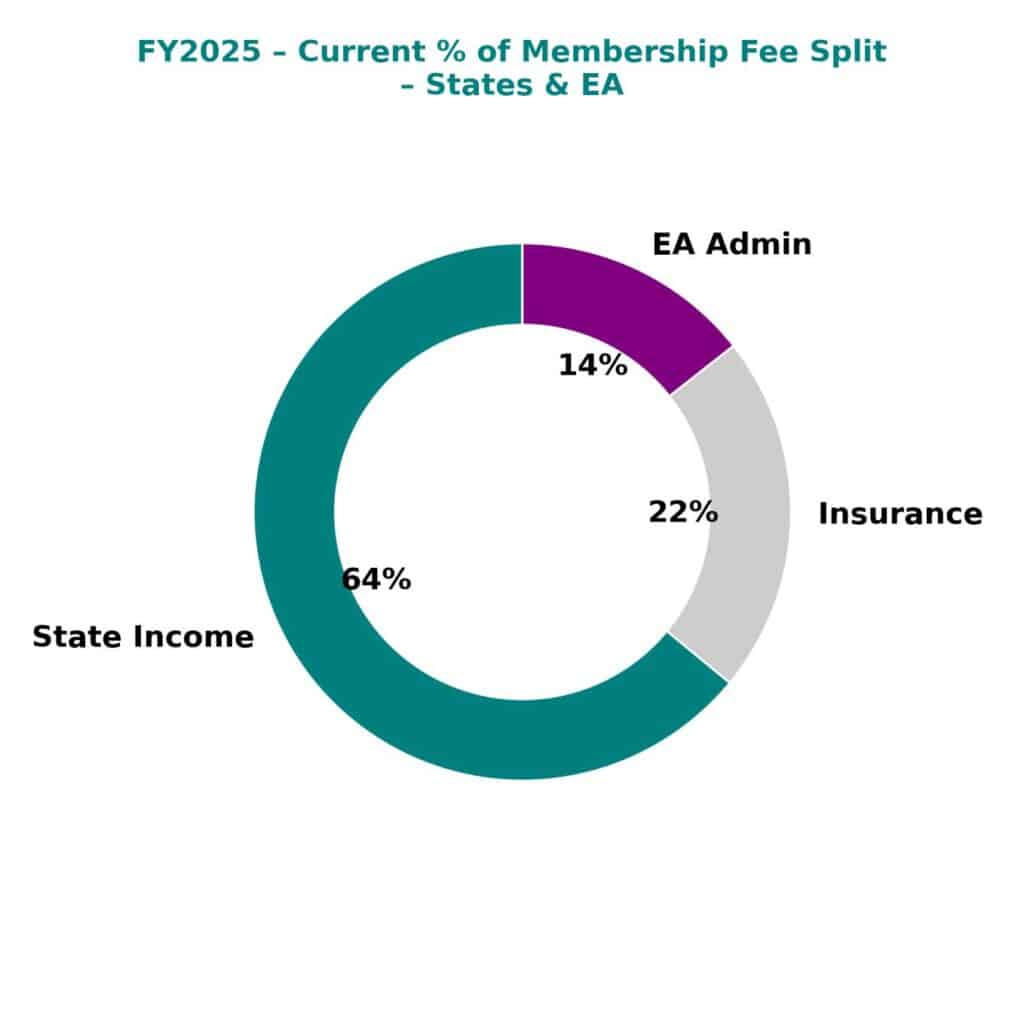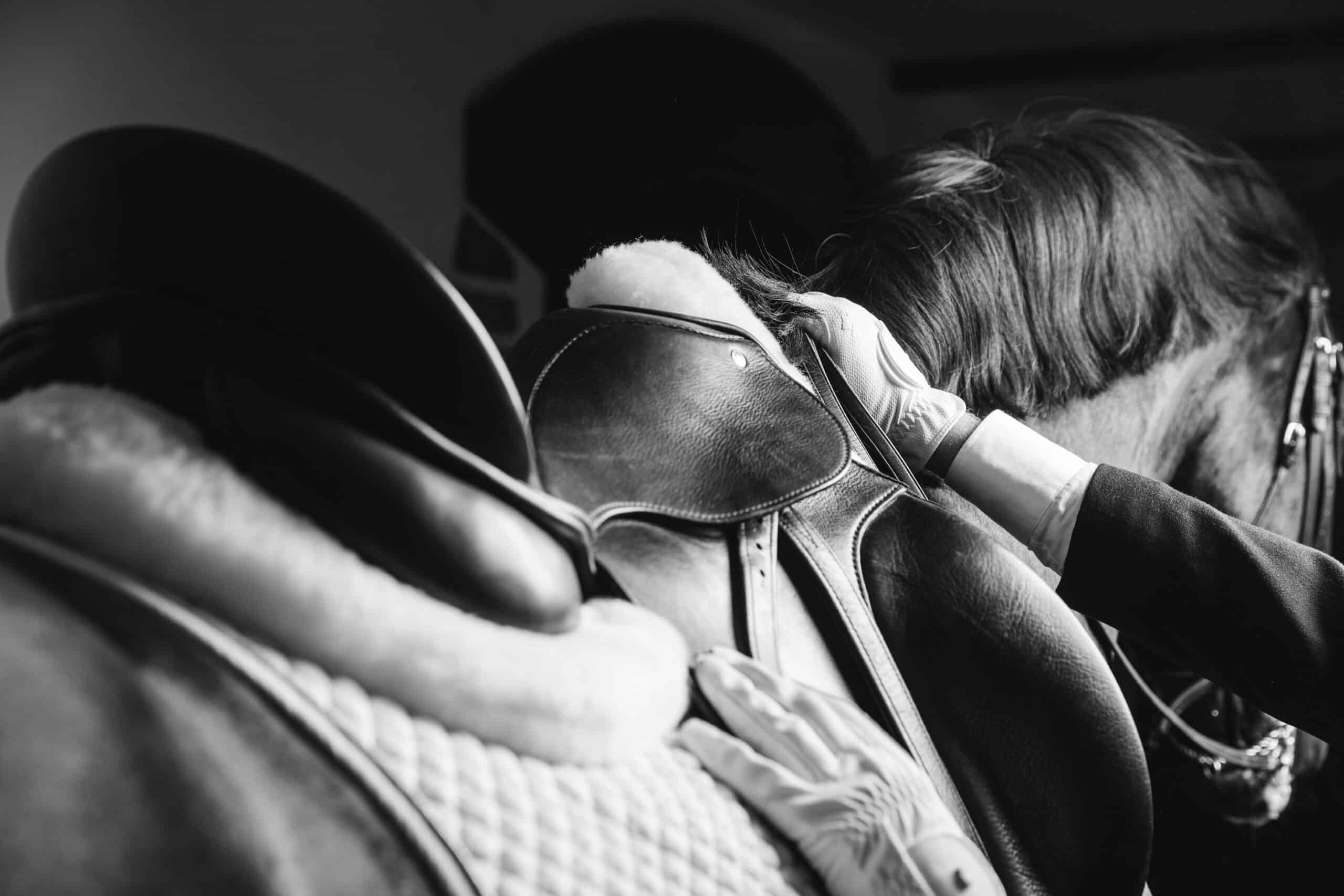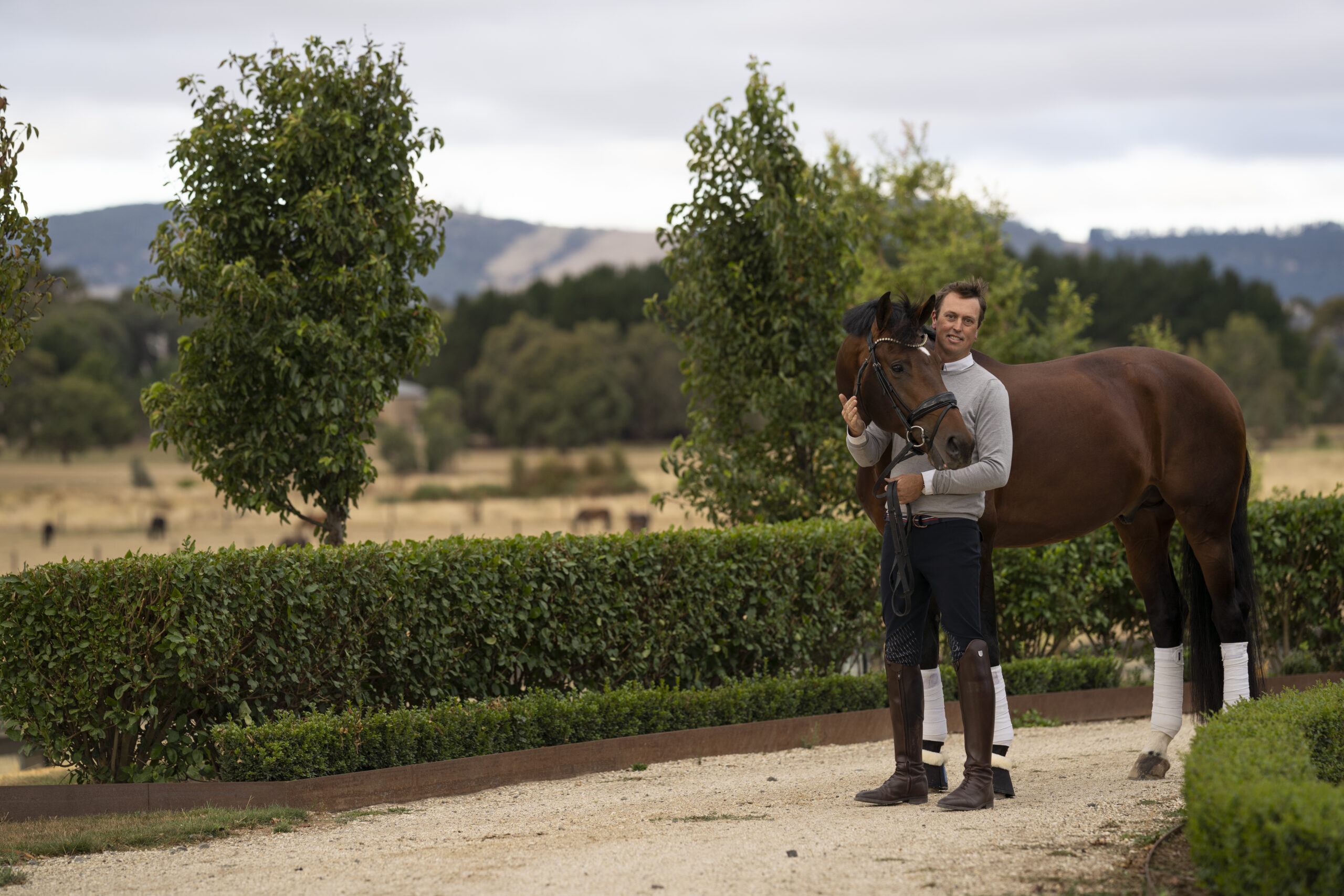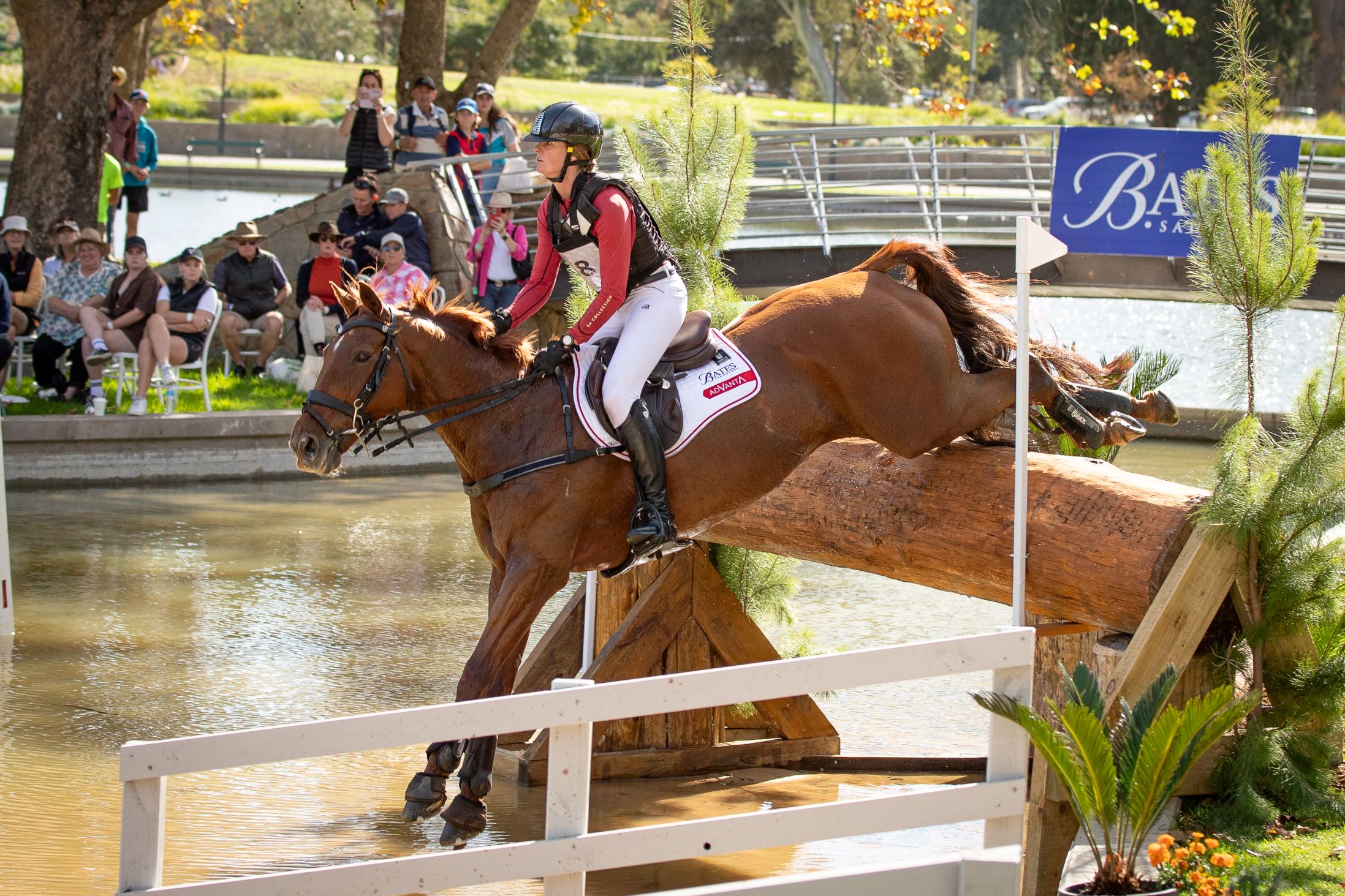“You can’t run tomorrow’s sport on yesterday’s systems.” Equestrian Australia (EA) is ready to lead the sport into a new era – streamlined, transparent, and focused on what matters: riders, clubs, and the disciplines that keep it all moving. But not everyone is ready to move forward, writes former Equestrian Australia Chair Christie Freeman.
In recent weeks, several state branches have circulated videos filled with misinformation – questioning EA’s finances, IT investment, property decisions, and the role of the Board. These aren’t minor misunderstandings. They’re the latest chapter in a long-running campaign to resist reform and maintain control.
So, what’s really going on here? And more importantly, who stands to lose if nothing changes?
THE MEMBERSHIP MYTH
Most riders assume their membership dollars are going to fund the national body that manages the sport. But here’s the reality: EA receives as little as 11% of each membership fee.
The rest stays with state branches, even though EA delivers the core services: the membership database, integrity systems, safety, coaching frameworks, FEI and Australian Sports Commission relations, and the support of national discipline committees.
In other words, EA does most of the work with the least amount of funding.

A HISTORY OF HOLDING BACK
This isn’t the first time the national body has been under siege. In 2018, five state branches (excluding NSW) called for the removal of the EA Board after it proposed a fair revenue increase. A new Board came in, saw the same problem, and met the same resistance.
By 2020, yet another standoff led to EA entering voluntary administration. Now, in 2025, the same tactics are back: the same obstruction, the same fear of change.
Only this time, members have a voice – and a vote.
OUTDATED MODEL, UNSUSTAINABLE COSTS
EA was built more than 70 years ago, at a time when each state needed its own administrative hub. But in 2025, with digital systems and remote operations, that structure no longer makes sense.
And yet, some states report employment costs exceeding $700,000 annually. Others employ staff for high performance and coaching – areas already run and funded nationally. The duplication is staggering.
Meanwhile, EA operates on a shoestring – yet carries the legal and administrative responsibility for the entire sport.
If you review EA’s annual reports, you’ll see it reports combined income of about $10 million. But over $6 million of that is high performance funding – allocated exclusively to Eventing and Para-Dressage under ASC guidelines. That leaves just $4 million for operations. Of that, $1.9 million goes directly to insurers, and $360,000 is paid to the FEI for licenses, passports, and membership fees.
That doesn’t leave much to run a national sporting body – and it highlights just how tight the margins really are.
CLEARING UP THE MISINFORMATION
Let’s address two of the most persistent myths being circulated:
‘The states will lose their assets.’ False. State-held assets will remain in each state and continue to benefit their local members. There is no plan
– and no mechanism – that would strip state branches of physical or financial assets. This conspiracy theory is nothing more than a scare tactic.
‘States will lose government grants under a new model.’ Also false. In fact, some state governments – including South Australia – explicitly endorse a national structure with one management model. This is not only welcomed but recognised as a more effective way to manage sport. States will still receive funding for activities conducted within their borders, just as they always have.
The experience of other unified national sports-like cycling and sailing-is that they received more government funding after unifying. With better national coordination, they were also more equipped to apply for grants.
It’s time to stop fuelling fear – and start focusing on facts.
WHAT RIDERS ACTUALLY NEED
Most members aren’t worried about who sits in what office – they care about what happens in the arena.
They want:
- Events that run smoothly
- Safe, fair, well-governed competition
- Support for clubs and volunteers
- Development pathways for riders and coaches
Reform delivers exactly that. A centralised, modern structure would fund shared services once – efficiently – and redirect the rest of the money to where it’s needed most: on the ground, where the sport lives and breathes.
UNLEASHING THE DISCIPLINES
Right now, national discipline committees operate with almost no funding. In the proposed model, they would finally receive their fair share – empowering them to support clubs, develop officials, run championships, manage rules, and grow the sport strategically.
It’s a model that works around the world. Why are we still resisting it here?
THE IT SYSTEM: LONG OVERDUE
EA’s digital overhaul isn’t a vanity project – it’s a necessity. The current system is outdated, inefficient, and vulnerable. Staff spend countless hours manually processing entries and navigating workarounds.
The new platform will not only streamline competition management, but it will also protect member data, create commercial opportunities, and deliver a modern experience for riders and clubs.
So why would state branches oppose it? That’s a question members deserve answers to.
TIME FOR A SMARTER STRUCTURE
We are a community of just over 22,000 members. Yet we’re funding a national body and seven state branches, each with their own offices, systems, and payrolls. Imagine what we could achieve if we pooled those resources and put the money where it really matters.
This is not about abolishing local support. It’s about delivering that support more efficiently, more consistently, and with more funding reaching the sport itself.
A CALL TO RIDERS
The conversation about reform has been going on since 1992. We’ve had working groups, reviews, reports – and still, the same resistance. But now, the power lies with the members.
You have a say. You have a vote. And you have the chance to shape a future that works better for everyone.
Because at the end of the day, this isn’t about boards or branches. It’s about the sport we love – and whether we choose to keep circling the arena, or finally ride forward together.




